dry and wet process of manufacture of cement r
2021-08-03T04:08:35+00:00
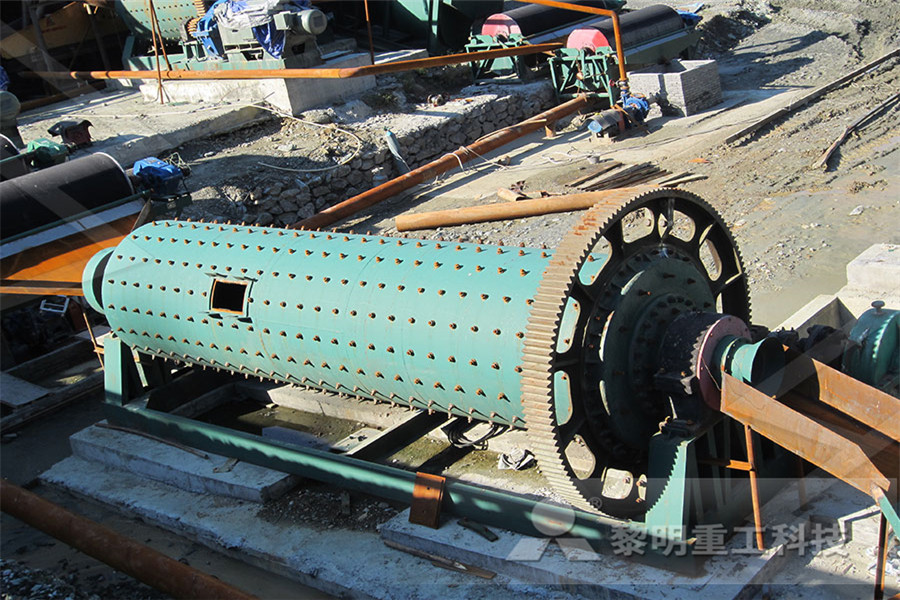
Manufacturing of Cement By Dry and Wet Process
In the dry process, the raw materials mixed, fined, and then fed into kiln whereas, in the wet process, the raw materials are crushed separately and then directly mixed in correct proportion in the presence of water to make a fine thin paste known as Slurry Must Read Other Powerful Articles Properties of Cement Types of Cement28/03/2018 Dry process : Wet process : 1 Mixing of raw material in dry state in blenders 1 Mixing of Raw materials in wash mill with 35 to 50% water 2 The dry materials exiting the mill are called “kiln feed” 2 Materials exiting the mill are called “slurry” and have flowability characteristics 3 Fuel consumption is low ie, 100 kg of coal per tonne of cement producedDifference between Wet and Dry process of cement – we 10/11/2021 All cement plants after 1980’s use the dry process for manufacture of cement In wet process to make one tone of cement, 350 kg of coal is used Burning grinding process remains same for both dry wet process (2) Burning burning of cement The burning is carried out in a rotary kiln A rotary kiln is formed of steel tubesBMC Manufacturing of Cement Dry and Wet Process – Civil
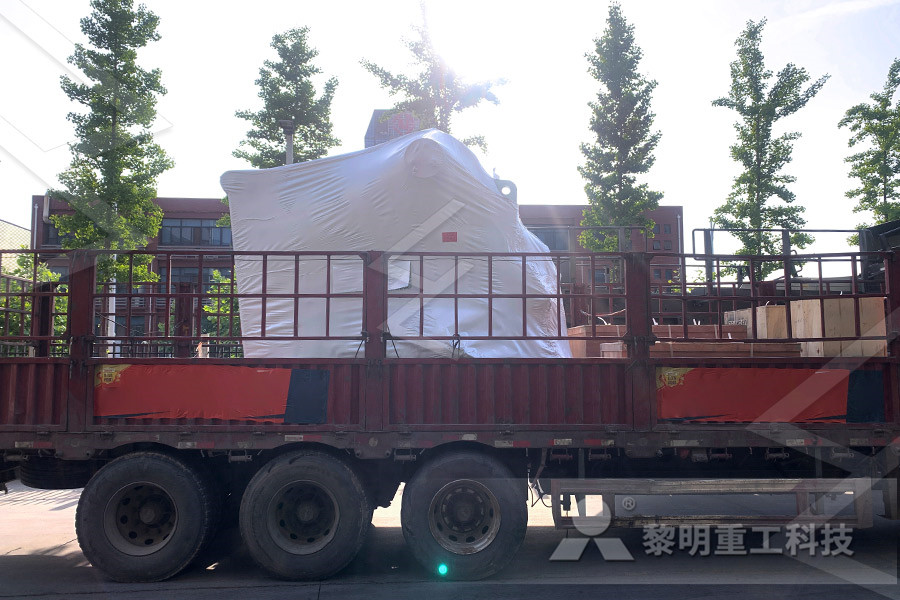
Wet Process Of Cement Manufacturing Of Cement By Wet
The dry process consumes much less fuel as the materials are already in a dry state, whereas in the wet process the slurry contains about 35 to 50 percent water In a recent trend, the majority of cement factories are using the dry process of cement manufacturing24/05/2019 Following 5 difference between the wet and dry process of manufacturing of Portland cement are described below: Dry Process 1 This method is adopted when the raw materials are hard 2 The quality of cement prepared by this method is inferior 3 The dry process is slow, difficult and costly 45 Difference Between The Wet And Dry Process of The wet process of cement manufacturing involves adding water to finely crushed raw material, such as limestone, clay or iron ore, in a proportion of 35 to 50 percent water to 50 to 65 percent raw material to make a slurry that is fed into a cement kiln, whereas no water is added in the dry process More Wet Process for Manufacturing of Cement Gharpedia In wet process wet and dry process of manufacturing cement
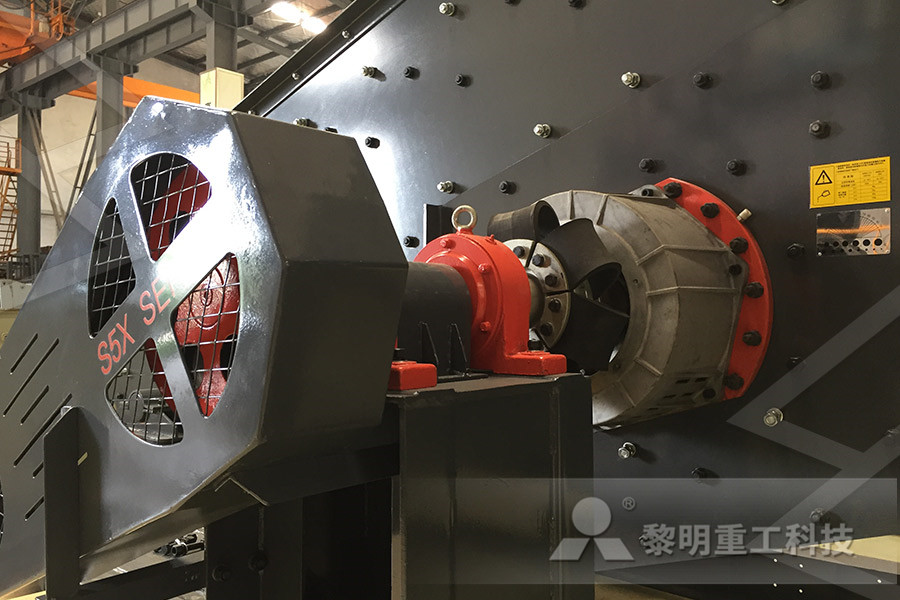
BMC Manufacturing of Cement Dry and Wet Process – Civil
10/11/2021 All cement plants after 1980’s use the dry process for manufacture of cement In wet process to make one tone of cement, 350 kg of coal is used Burning grinding process remains same for both dry wet process (2) Burning burning of cement The burning is carried out in a rotary kiln A rotary kiln is formed of steel tubes Its diameter varies from 250m to 3m The dry process requires much less fuel as the materials are already in a dry state whereas in the wet process the slurry contains about 35 to 50 percent water In the wet process the drying process is fuel consumption Here below you can read both "wet" and "Dry" process in detail 1 WET Process Explain dry and wet process of cement wet process and dry process of cement manufacturingExplain dry and wet process of cement 13122018 The dry process for the manufacture of cement is preferred only in places where hard crystalline limestone and shales are available The only advantage of this process is that the fuel consumption is low Wet Process for Manufacturing of Cement GharPedia Jun 21, 2016 The kiln has to operate continuously in dry and wet process of cement manufacturing
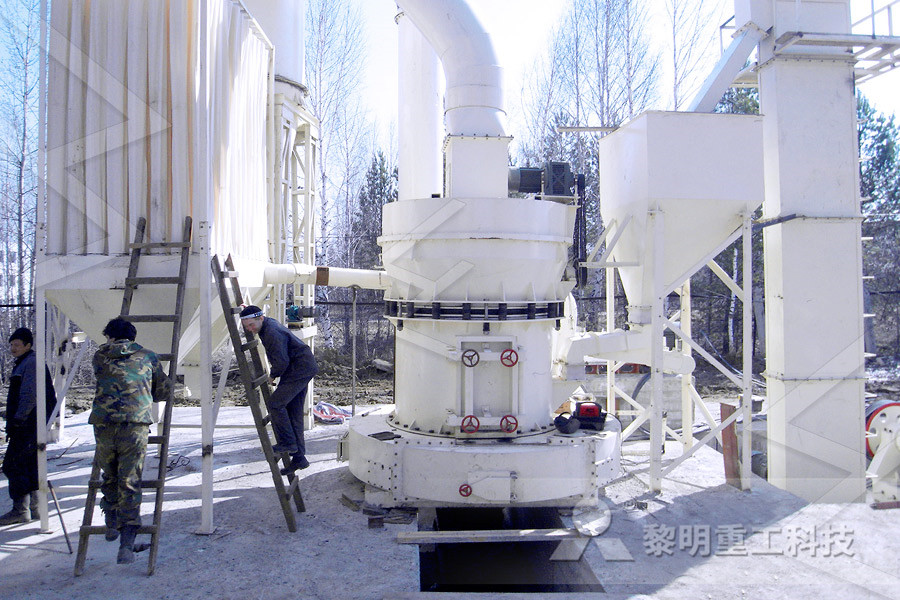
Dry process of cement we civil engineers
24/08/2018 Dry process These are two different processes of manufacturing cement wet process minerals are wet ground (by adding water) to form a slurry and then dried, dry process minerals are dry ground to form a powder like substanceBoth the processes are in use and have their own advantages and disadvantagesWhile in wet process grinding is easier,in dry The wet process of portland cement The dry process of portland cement The wet process for the manufacturing of Portland cement In the wet process limestone is first crushed to smaller fragments Then it takes to ball or tube mill where it mixes with clay and finely ground Then water adds to 116 Portland Cement Manufacturing Us Epa primarily for decorative Dry And Wet Process Of Cement Manufacturing29/10/2019 Considering the above characters, it is not hard for us to imagine that dry hollow kiln is replaced by wet process cement production kiln for a while At the beginning of the 1930s, vertical Bohr kiln appeared It installed great heater in the tail, heating raw materials balls with 12%14% water content, which takes good advantage of waste heat The temperature of the Dry Process Of Cement Manufacturing\Dry Process Of Cement

Manufacture of Portland Cement Materials and Process
Fig: Manufacture of Cement by Dry Process b) Wet Process The raw materials are firstly crushed and made into powdered form and stored in silos The clay is then washed in washing mills to remove adhering organic matters found in clay The powdered limestone and water washed clay are sent to flow in the channels and transfer to grinding mills where they are CEMENT RAW MATERIALS Over recent decades there has been a move away from the wet process to the more energy efficient dry process In Europe, for example, about 78% of cement production is from dry process kilns, a further 16% of production is accounted for by semidry/semiwet kilns, and only about 6% of European production now comes from wet process the process of wet cement manufactureComparison between wet and dry process Wet process Dry process 1 Moisture content of the slurry is 3550% 1 Moisture content of the pellets is 12% 2 Size of the kiln needed to manufacture the cement is bigger 2 Size of the kiln needed to manufacture the cement is smaller 3 The amount of heat required is higher, so the required fuelManufacture of Portland cement University of Technology
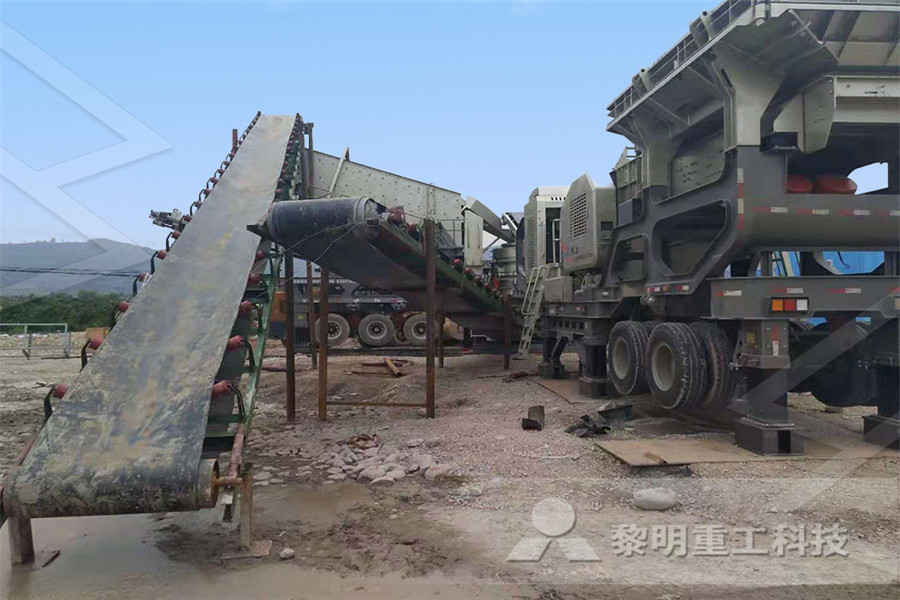
wet process and dry process of cement manufacturing
The dry process requires much less fuel as the materials are already in a dry state whereas in the wet process the slurry contains about 35 to 50 percent water In the wet process the drying process is fuel consumption Here below you can read both "wet" and "Dry" process in detail 1 WET Process Explain dry and wet process of cement Explain dry and wet process of cement 13122018 The dry process for the manufacture of cement is preferred only in places where hard crystalline limestone and shales are available The only advantage of this process is that the fuel consumption is low Wet Process for Manufacturing of Cement GharPedia Jun 21, 2016 The kiln has to operate continuously in dry and wet process of cement manufacturingThe wet process of portland cement The dry process of portland cement The wet process for the manufacturing of Portland cement In the wet process limestone is first crushed to smaller fragments Then it takes to ball or tube mill where it mixes with clay and finely ground Then water adds to 116 Portland Cement Manufacturing Us Epa primarily for decorative Dry And Wet Process Of Cement Manufacturing
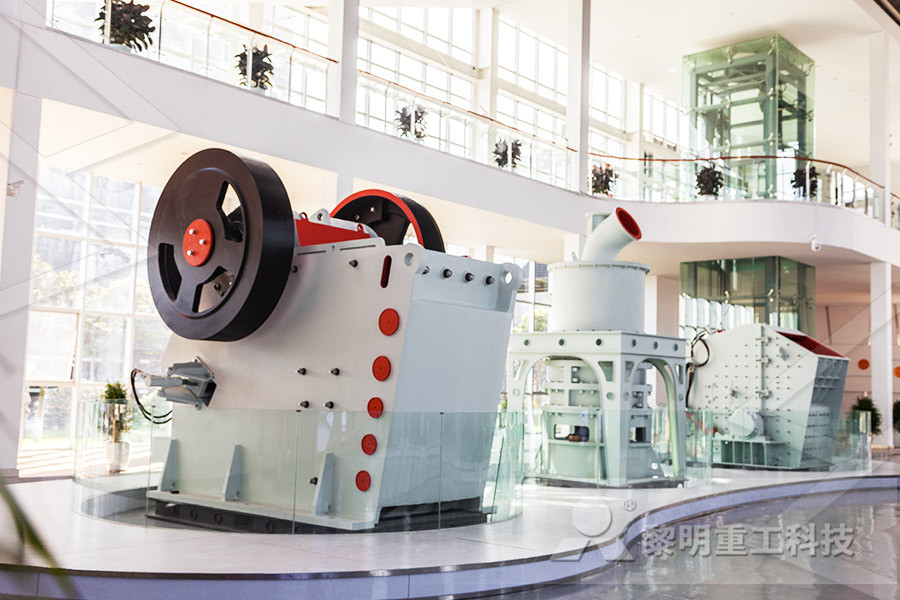
explain dry and wet process of cement manufacturing – we
Wet process of cement 24 Aug 2018 10 Sep 2018 Wet process There are two different processes of manufacturing cement wet process minerals are wet ground (by adding water) to form a slurry and then dried, dry process minerals areWet process of cement – we civil engineers Aug 24, 2018 Wet process There are two different processes of manufacturing cement wet process minerals are wet ground (by adding water) to form a slurry and then dried, dry process minerals are dry ground to form a powder like substanceBoth the processes are in use and have their own advantages and manufacture of dry and wet processes of cement21/05/2021 In dry and semidry processes for the manufacture of cement, raw materials are crushed and fed into the grinder in the correct proportions The raw material is dried and reduced in size to a fine powder in a grinder Dry powder is called a raw meal Raw meals are pumped into mixing silos Adjustment of the proportions of materials required for cement manufacturing is DETAILED DRY PROCESS OF CEMENT MANUFACTURING LCETED
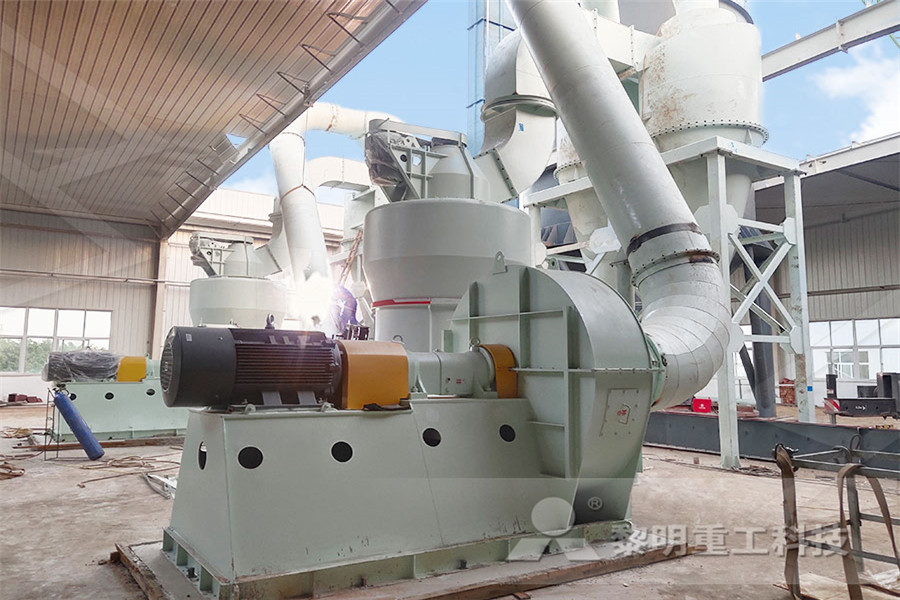
dry and wet process of manufacture of cement
Fig Manufacture of Cement by Dry Process b) Wet Process The raw materials are firstly crushed and made into powdered form and stored in silos The clay is then Get Price; Henry 103 oz Rubber Wet Patch Roof Cement Price 497 Get Price; manufacture of cement by dry processesCODEP Cement manufacturing process CEMBUREAU In the second step The following diagram shows the production of dryprocess cement: In wetprocess system, raw materials are ground wet and fed to the kiln in slurry form, Lecture 02 Faculty To explain briefly the manufacturing process of cement blended in dry condition (dry process or mixed with water to form slurry, and blended (wet process)dry and wet process of manufacture of cementCEMENT RAW MATERIALS Over recent decades there has been a move away from the wet process to the more energy efficient dry process In Europe, for example, about 78% of cement production is from dry process kilns, a further 16% of production is accounted for by semidry/semiwet kilns, and only about 6% of European production now comes from wet process the process of wet cement manufacture
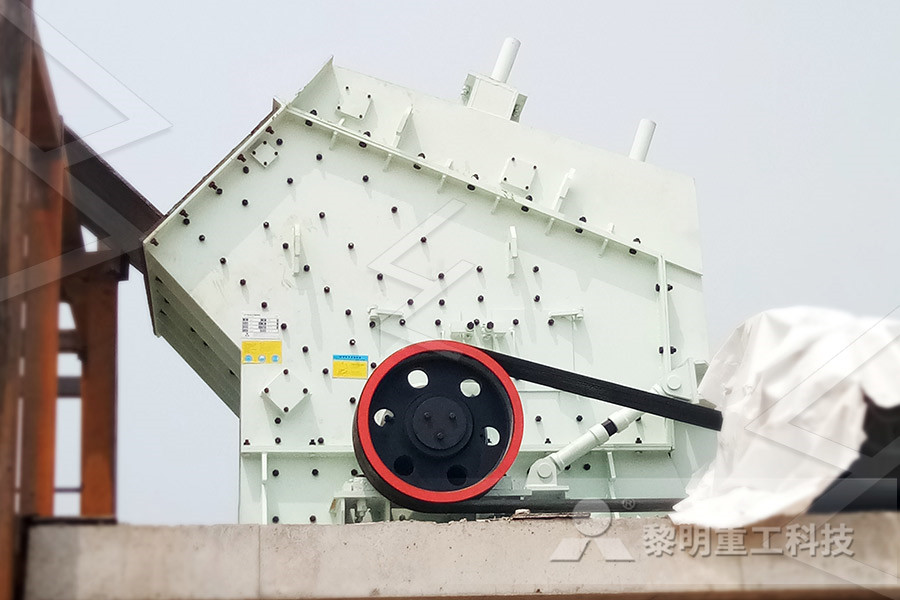
Dry And Wet Process Of Manufacture Of Cement
Dry And Wet Process Of Manufacture Of Cement explain the dry manufacturing process of cement 2017 10 17air pollution control techniques for the cement manufacturing industry a case study for zimbabwe dimwara1 l mugwagwa1 the dry process the wet process or the semidry processf the dry process is used the raw materials are dried using impact dryers drum 3








